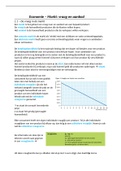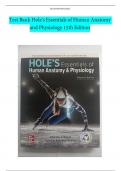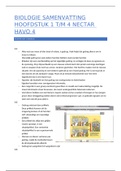Exam (elaborations)
Test Bank Complete_ Introduction to Radiologic & Imaging Sciences & Patient Care 8th Edition, (2023) By Arlene M. Adler, Richard R. Carlton & Kori L. Stewart| All Chapters 1-26| 4 Units| Latest With Answers And Detailed Explanation| Graded A+
Test Bank Complete_ Introduction to Radiologic & Imaging Sciences & Patient Care 8th Edition, (2023) By Arlene M. Adler, Richard R. Carlton & Kori L. Stewart| All Chapters 1-26| 4 Units| Latest With Answers And Detailed Explanation| Graded A+ PART I THE PROFESSION OF RADIOLOGIC AND IMAGING SCIENCE...
[Show more]






